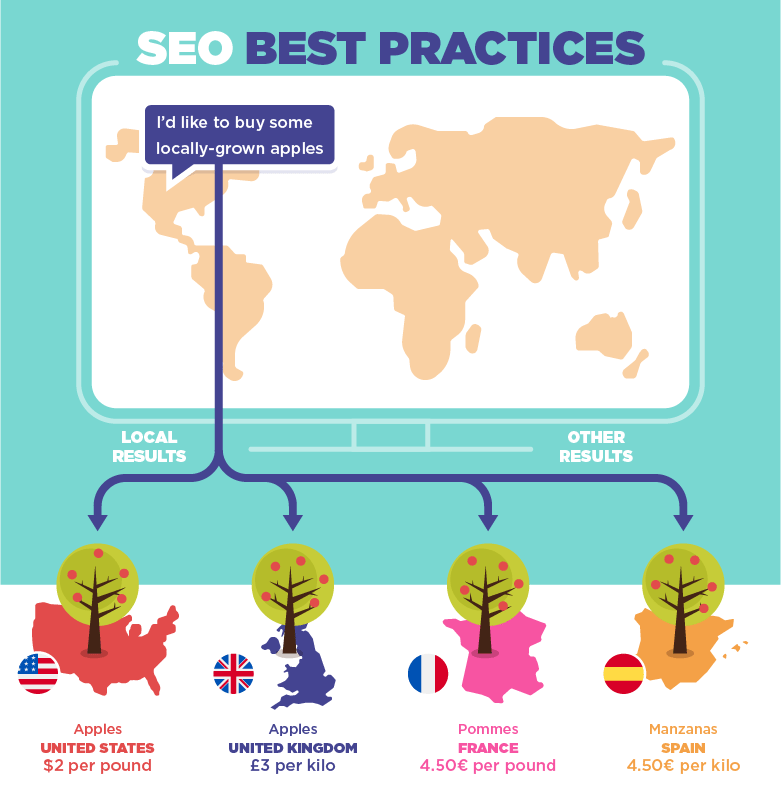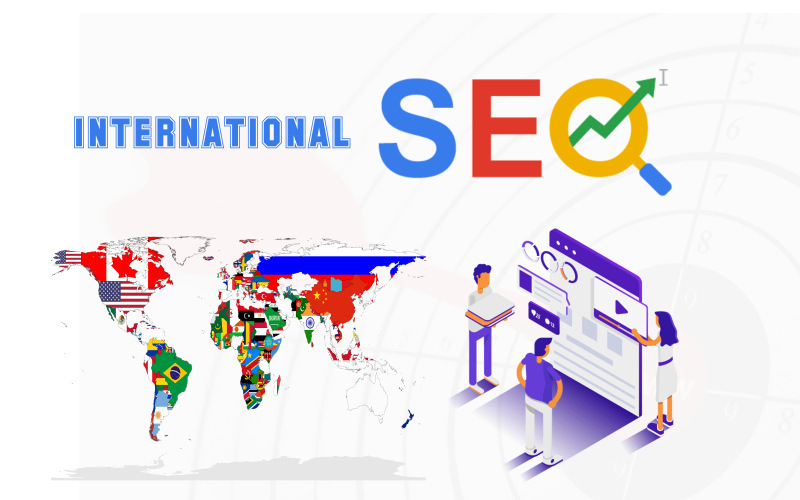Browsing the Digital Landscape: Leveraging International SEO for Cross-Border Success
In today's interconnected digital globe, services are increasingly looking past borders to tap into worldwide markets. The intricacy of browsing the digital landscape on an international range demands a nuanced method, from understanding the basics of International SEO to executing geotargeting and multilingual keyword phrase approaches.
Comprehending International SEO Basics
Navigating the intricacies of international SEO needs a solid grasp of fundamental principles to successfully expand on-line presence across boundaries. One vital facet of international SEO is recognizing the significance of localization. This involves tailoring site web content to match the etymological, cultural, and business distinctions of target markets. Keywords should be not just converted but additionally adjusted to show how users in various areas search for information.
In addition, having a clear understanding of geo-targeting is necessary. This entails suggesting to online search engine the details countries or regions a web site is targeting. Carrying out hreflang tags is one means to interact this details, ensuring that the appropriate variation of a website appears in the search results for a customer in a specific area.
Furthermore, understanding the impact of local search engines and social networks systems is vital for international SEO success. While Google is dominant in lots of areas, nations like China have their own search engines like Baidu, requiring tailored techniques for each platform to optimize on the internet visibility (International SEO).

Targeting Multilingual Key Phrase Approaches
Creating multilingual search phrase strategies is essential for effectively reaching diverse international target markets and maximizing on the internet presence throughout various etymological regions. When targeting multilingual key words methods, it is crucial to perform comprehensive study to recognize the details search terms and expressions used by the target market in each linguistic region. This entails not only equating key phrases but additionally thinking about cultural subtleties, regional languages, and search patterns unique to each target market.
To produce a successful multilingual keyword strategy, it is essential to prioritize relevance and search intent. Keywords should line up with the web content on the website and reverberate with the social context of the target market. Making use of tools such as Google Key Words Coordinator, SEMrush, or Ahrefs can help recognize high-performing key words in different languages and evaluate their search volume and competition level.
Additionally, tracking and assessing the efficiency of multilingual key words routinely is vital for maximizing and improving the method gradually. By continuously adapting to adjustments in search behavior and trends, organizations can improve their on-line visibility and draw in more international website traffic to their internet sites.
Carrying Out Geotargeting and Hreflang Tags
When aiming to improve global SEO techniques, including geotargeting and hreflang tags is critical for optimizing website exposure throughout various areas. Geotargeting entails customizing material to specific locations, guaranteeing that users in various locations obtain pertinent information. By applying geotargeting, businesses can improve their regional search rankings and draw in region-specific traffic.

Optimizing Website Structure for Global Exposure
To additionally improve global SEO strategies beyond geotargeting and hreflang tags, optimizing the site structure is important for achieving international presence and maximizing reach throughout various areas. A well-structured web site not only boosts important source individual experience yet additionally promotes search engine spiders in recognizing the material and context of the website. When going for worldwide visibility, it is critical to make sure that the site is arranged in a logical way that accommodates individuals from numerous nations. Implementing a clear power structure with distinctive categories and subcategories can help in improving the site's navigation and user-friendliness.
Furthermore, producing language-specific subdirectories or subdomains can assist internet search engine deliver the best version of the site to users based on their language choices, additionally boosting the general customer experience. Furthermore, enhancing link frameworks to include appropriate keywords and geotargeted terms can boost the site's presence in various areas. By structuring the site properly for worldwide audiences, companies can boost their chances of attracting international web traffic and increasing their reach throughout borders.

Tracking and Evaluating Cross-Border Efficiency
Reliable surveillance and analyzing of cross-border efficiency is vital for reviewing the success of international search engine optimization strategies and identifying opportunities for renovation in worldwide reach and exposure. By carefully tracking vital efficiency signs (KPIs) across various markets, organizations can gain important understandings right into the effectiveness of their cross-border search engine optimization efforts. Keeping track of metrics such as organic web traffic, keyword rankings, conversion rates, and bounce prices can offer a comprehensive view of just how well an internet site is performing in different regions.
Evaluating cross-border performance information permits organizations to identify patterns, patterns, and find out this here areas for optimization. By comparing performance across different nations, regions, or languages, companies can identify successful methods and center web content to better deal with particular target market. Furthermore, keeping track of cross-border efficiency makes it possible for services to stay agile and receptive in the ever-evolving electronic landscape. Routine analysis of search engine optimization efficiency on a global range makes certain that firms can adapt their approaches swiftly to exploit on emerging possibilities and keep an one-upmanship in international markets.
Final Thought
To conclude, global SEO plays a crucial function in accomplishing cross-border success by enhancing have a peek at this site web sites for international visibility, targeting multilingual key words approaches, applying geotargeting and hreflang tags, and keeping track of cross-border efficiency. By recognizing the basics of international search engine optimization and enhancing web site frameworks appropriately, businesses can properly reach and involve with their target market across various areas and languages. This critical method is crucial for broadening market reach and driving online development in today's electronic landscape.